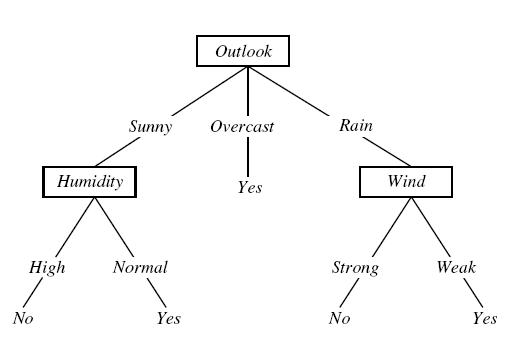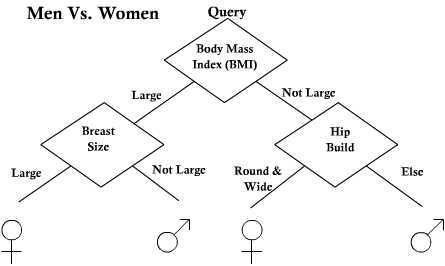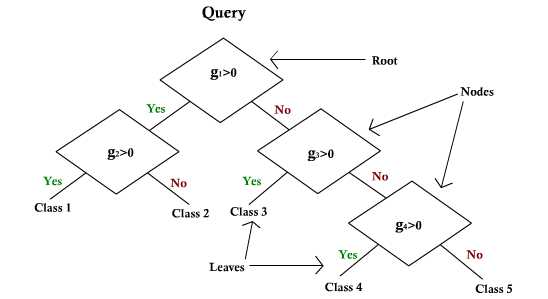(→Lectures) |
|||
| Line 9: | Line 9: | ||
==Decision Trees== | ==Decision Trees== | ||
Reference DHS Chapter 8 | Reference DHS Chapter 8 | ||
| + | Decision tree is one of the most powerful method for classification, because it simplifies the classification by dividing the problem into subproblems. A sample decision tree can be given as follows: | ||
| + | |||
| + | [[Image:decision_OldKiwi.jpg]] | ||
Instead of asking a complicated question <math>g(x) >= 0 or <0</math> | Instead of asking a complicated question <math>g(x) >= 0 or <0</math> | ||
Revision as of 23:01, 29 March 2008
Density Estimation using Series Expansion
Last "non-parametric" technique (although very parametric)
Write $ p(x) = sum(cj*fj(x)) $ where {$ fj's $} are pre-determined class of functions $ =sum(cj*fj(x)) $
Monomials. E.g. Taylor expansion about Xo in 1-D.
Decision Trees
Reference DHS Chapter 8 Decision tree is one of the most powerful method for classification, because it simplifies the classification by dividing the problem into subproblems. A sample decision tree can be given as follows:
Instead of asking a complicated question $ g(x) >= 0 or <0 $
The idea: Ask a series of simple questions following a tree structure (linear 1-D).




